It is the main reason that it is too late to influence the disease with ointment or gel to contact a phlebologist with the developed varicose veins.The doctor must prescribe more effective treatment under which operation with varicose veins on the legs is most effective.We should not forget that even the operation of a ship affected by the disease does not guarantee complete healing - the disease can spread to healthy tissue.
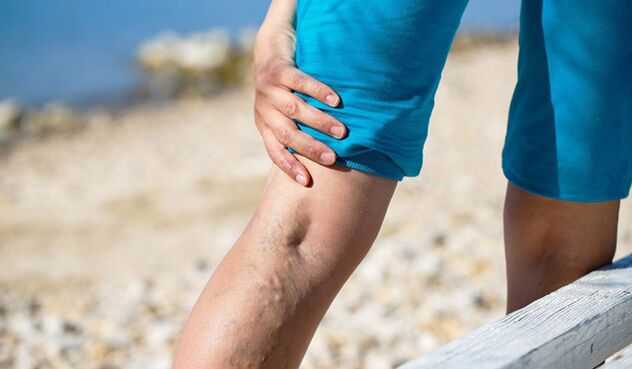
The varicose expansion or varicose veins are a disease that is characterized by the weakness of the flaps in the veins and a dysfunction of the vascular wall and the stagnation of blood in the veins of the lower extremities.This pathology is not only affected with a violation of trophism or the substance nutrition, the result of which can be difficult and long -term healing trophic ulcers, but is also dangerous in this stagnating blood and blood lines that can be carried through blood flow throughout the body.In addition, in the event of the formation of thrombotic impairment within the vascular wall (phlebet trombosis), your infection with the development of impressive diseases is possible - thrombophlebitis.
Disease disease operation
The operation for varicose veins of the lower extremities is radical and is to remove the subcutaneous veins of the lower extremities (phlebectomy) or in the sclerosis of the deep veins of the lower leg and the hip.
Traditionally, the phlebectomy (crossectomy) is carried out according to the bebcock method and consists in completely inserting the probe into the lumen of the veins with the subsequent vein section over the length through the cut on the skin outside over the length.The cut is sewn with a cosmetic seam at the end of the operation.
The mini phlebectomy is used to remove very short sections of the vein.Veins are not used during operation.No cuts are carried out on the skin, and a piece of veins is removed by a thin puncture on the skin, which does not require seams imposing.
With a small area of damage to varicose veins, it is possible to carry out a gentler technique - stripping.This extends with a thin hook of only one fragrance node.Experience is carried out with two cuts on the skin with your subsequent sewing.A variety of this technique is cryostropping - "sink" of the veins into the Kryosonda at low temperatures and is also stretched out of the destructive knot.
Viennese sclerosion is the introduction of a sclerosant into its lumen - a substance that "sticks" the walls of the vein together, but the vein remains deep under the skin and does not fulfill its functions.The blood flow through the veins stops and goes through collateral vessels without violating the drain of venous blood from the lower extremity.Viennese sclerosis is carried out under the control of ultrasound.
The laser representovascular coagulation of varicose veins is the latest method in phlebology and is to insert a thin probe into the lumen of the veins with laser radiation that exerts a chewy effect on the walls of the vein.
The method of radio frequency procurement of the veins also refers to a more modern treatment of varicose veins, but not all medical facilities are equipped with suitable devices.The technology consists of the "chewing" effect on the vascular wall of the radio waves with high frequency.
Indications for the removal of veins
Not all patients are operated on, but in some cases it is still impossible to do without them because it is better to remove the source of potential inflammation and blood clots than to expect complications.The conditions that require surgical intervention include the following:
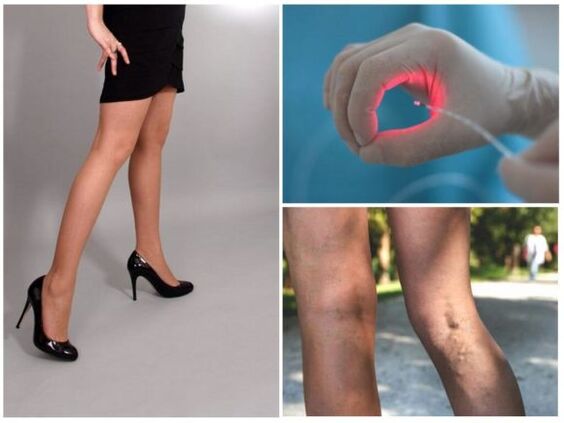
- The risk of an occurrence or the already emerging thrombophlebitis,
- Frequent exacerbations of thrombophlebitis,
- Great damage to the subcutaneous veins,
- Severe symptoms of varicose veins - a constant feeling of severity and pain in the legs,
- Non -healing trophic ulcers,
- Diseases of nutrition (tropha) of tissues of the lower extremities - changes in the color and cooling of the skin of the legs and feet.
Contraindications to the company
In the following cases, minimal vascular intervention is also contraindicated:
- Pregnancy 11 and 111 trimesters,
- Acute infectious diseases,
- Exacerbations of chronic diseases (bronchial asthma, diabetes mellitus, stomach ulcer, etc.),
- Acute stroke,
- Acute myocardial infarction,
- Increased inflammation of the lower extremities.
In any case, all indications and contraindications are determined by a phlebologist or surgeon in the full examination of the patient.
Which method to choose?
The use of a specific treatment method is only evaluated by a doctor based on the degree of spread of the process.
Of course, less invasive methods are preferable to small nodes, such as:B. mini phlebectomy, short stripping, laser blasting and sclerosis, as they are less traumatic and practically no rehabilitation phase.At the same time, with a large length of varicose veins of traditional phlebectomy, the preference is given, which not only requires spine anesthesia, but is also a more traumatic operation and leaves an aesthetic defect in the form of post -operative scrames on the legs.
In this regard, you should not move a visit to the doctor in the existing initial phase of the veins of varicose veins, and even more you do not have to give up less traumatic operation if the doctor saw this during the examination.
When is it better to do the operation?
The decision about the need for surgical treatment is only made after the consultation of a phlebologist or a vascular surgeon.In an early stage, in which the patient deals with aesthetic complaints in the form of varicose nodes and a slight swelling of the feet at the end of the day, you can try to stop the further progress of the process with compression nitic and venotonic drugs.
In the event, if there are pain in the limbs and the risk of complications, it is not recommended to delay the operation.
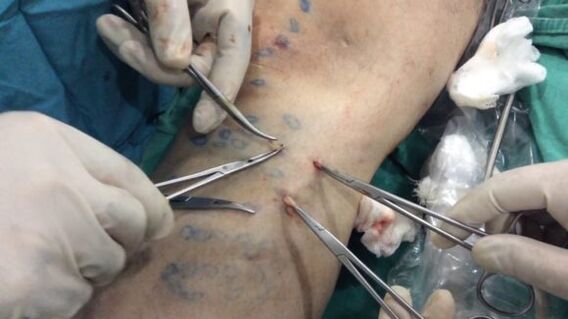
Preparation for the company
Before planning an operation to remove veins, the patient should carry out a number of necessary examinations.This includes a consultation of a surgeon or phlebologist as well as an ultrasound of the veins of the lower extremities.In this case, when the patient is shown by removing veins, he is examined in the outpatient stage, in particular general and biochemical blood tests, blood tests for coagulation (Inc, actions, etc.), the EKG and the radiography of the breast organs are carried out.
On the day prescribed by a doctor, the patient must come to a medical facility that practices phlebectomy.You can shake your hair regardless of the lower leg, thighs and in the ingredient zone on the side of the affected limb.The day before, you should limit yourself to a slight dinner.When operating, it is necessary to get empty stomach.The patient must warn the operational doctor and an anesthetist of intolerance to previously taken drugs.
How the operation is carried out
After the patient arrives in the clinic and the initial inspection from the operational surgeon and the anesthetist, the problem of anesthesia is solved.In the case of conventional phlebectomy, the spine anesthesia is used, with mini operations using local anesthesia by suffocating the skin with novocaine or lidocaine solutions.
After the occurrence of anesthesia, the surgeon determines the location of the vein with the help of ultrasonic topics (UZDG).Next, the probe is introduced by the incision on the skin and the main level of the operation is introduced and the cutting and attraction of the vein areas during the phlebectomy, which means that the vein is extended with mini-ploebectomy (only by stinging and not by the incision) or exposure to the laser on the walls of the vessel.Depending on the volume of operation, the main stage takes up to two to three hours.
After the main level, the cuts on the skin are sewn, an urgent aseptic bandage is applied to the wound and the patient is accompanied to the ward, where he is observed from several hours to a day.In the ward, the patient sets up compression laundry that is not removed for three days.
The patient goes home a day later.When the surgeon prescribes dressings, the patient visits it daily or every other day.The seams are removed seven days after the operation and two months later the heights of the lower extremities are carried out.
When is the operation not allowed?
Although the operation for removing veins with varicose veins provides good predictions and is carried out with effective methods, there are still a number of factors from which the presence of a contraindication to surgical interventions is:
Phlebectomy removal of varicose veins
- Thrombosis deep veins of the lower extremities.
- When inflammatory processes occur on the legs, including erysipelas and eczema.
- Heart diseases and infectious diseases.
- 2. and 3rd trimester of pregnancy.
- Prolceless age.
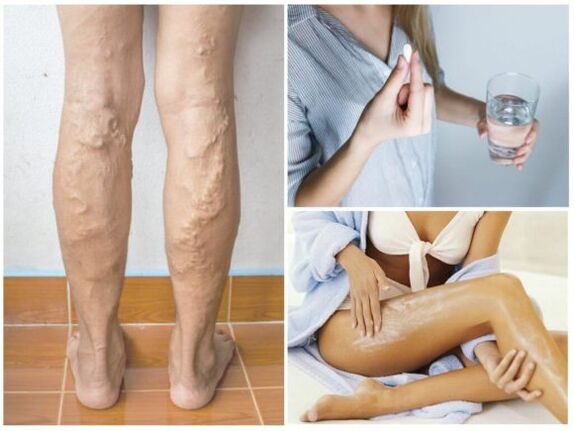
Are complications possible after the operation?
The operating technology, which has been shaped for decades, enables you to minimize the risk of postoperative complications.In extreme rare cases (less than 1%), the development of such adverse consequences such as:
- Postoperative hematomas on the skin - dissolved for a few months,
- Postoperative seals under the skin along the bed of a remote vein also disappear one or two months after the operation,
- Mechanical damage to the lymphatic vessels that lead to lymphostasis (stagnation of lymph) are treated conservatively, but after a few months the lymph begins to circulate after anastomosis, and the lymphotot from the limb is carried out properly.
- Damage to the subcutaneous nerves that manifest themselves through temporary disorders of skin sensitivity - regardless of several months.
Complications and consequences of surgical treatment
No matter how talented a surgeon may be, varicose veins after the operation sometimes make themselves in the form of complications.Nobody can assume how this or this organism will behave.After a surgical intervention when removing varicose veins 2 and 3, it can have consequences that do not require treatment - bruises and hematomas, this is a normal reaction of the body to tissue damage.If the patient follows the recommendations, everything will pass very quickly.Among other things, one can note:
- plenty of bleeding;
- A decrease in the sensitivity of the limbs (manifests itself with damage to the subcutaneous nerves);
- Supplement when entering an infection;
- Taub, etc.
With regard to the pain, they can only be observed with phlebectomy, the other two treatment methods are almost painless.If there are unpleasant sensations afterwards, they easily stop analgesics.
The consequences can be serious;The most dangerous is a distinction from thromboembolism.This is an acute constipation of a blood vessel with a thrombus that broke off from the place of its localization and circulates together with the bloodstream.If the patient is supported in good time, he can become a disabled person and even die.
Forecast and lifestyle after the operation
After the operation, painful pain in the extremity operated and insignificant edema is possible for several days.In order to stop unpleasant symptoms, the doctor is not prescribed steroidal medication - ketorol, nise, etc.Immediately after the operation, the patient should begin to carry underwear with compression and to carry out exercises of physiotherapy exercises that have been prescribed by the doctor.
On the second day after the operation, the patient can run a little.After a week or two, a slow walking should be ensured for a few hours a day.
Provisions such as ::
- Rejection of bad habits,
- Correct nutrition with the exception of fats and harmful products,
- Compliance with the regime of work and calm,
- The exclusion during working hours of only one seat or only standing position - a change in the position of the limbs in the process is required.
In summary, I would like to determine that the reviews of the reviews to remove veins is sufficiently cheap and serious complications are practically not.In addition, the risk of life -threatening complications of varicose veins (e.g. thromboembolism) decreases strongly after removing an extended vein.A amputation of the limb is currently not uncommon due to severe inflammation and even gangrene due to thrombophlebitis (especially against the background of diabetes), so it is better to contact the surgeon early and not to refuse to remove veins if necessary.So you not only keep healthy limbs, but also the health of the entire organism as a whole.
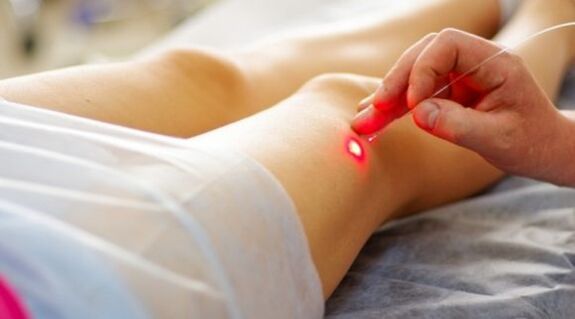
Preventive measures
In the event of undesirable inheritance, it is important to take prevention measures if related varicose veins or a person are endangered for other reasons:
Seizure injection
- Take vitamin C regularly, which strengthens the walls of blood vessels and improves the properties of the composition of the blood;
- Use medication, your recording must be agreed with a doctor.
- Use compression laundry;
- Sports lessons are important, swimming, walking, cycling and riding blood flow.
Prevention also implies a transition to a healthy lifestyle - you have to revise nutrition and give up bad habits.




















